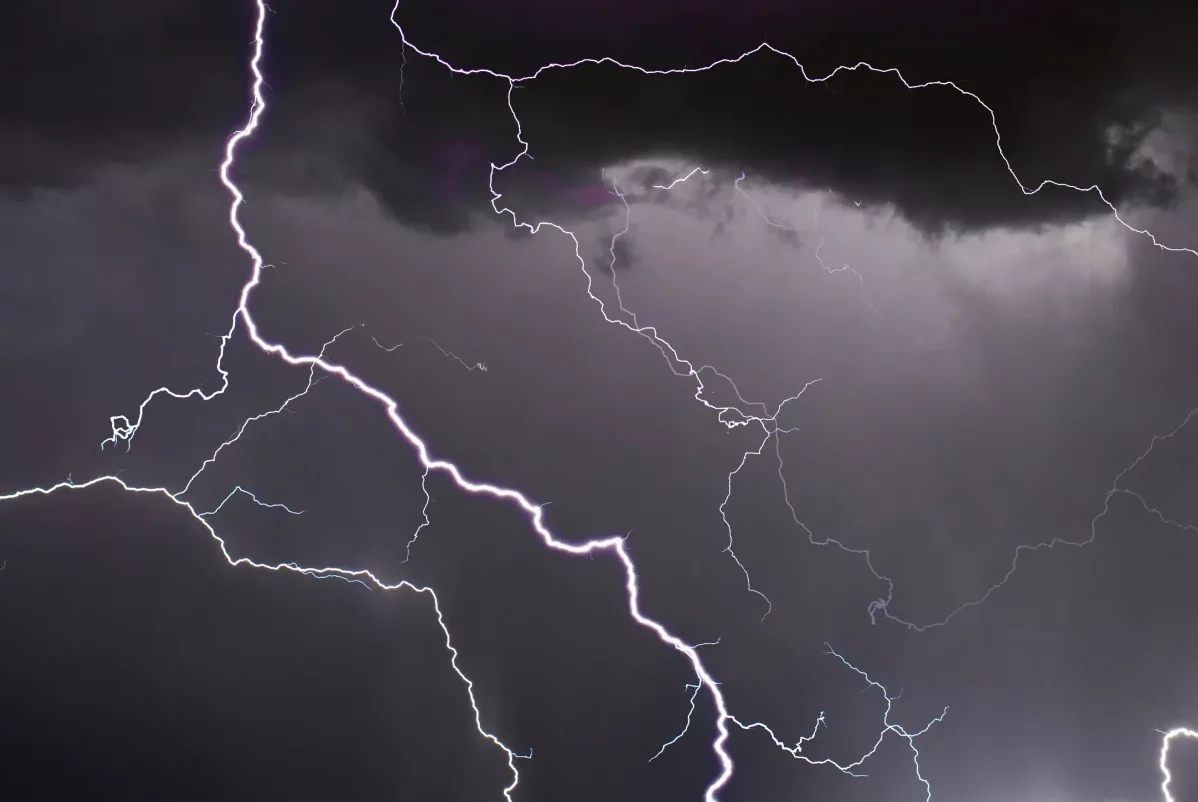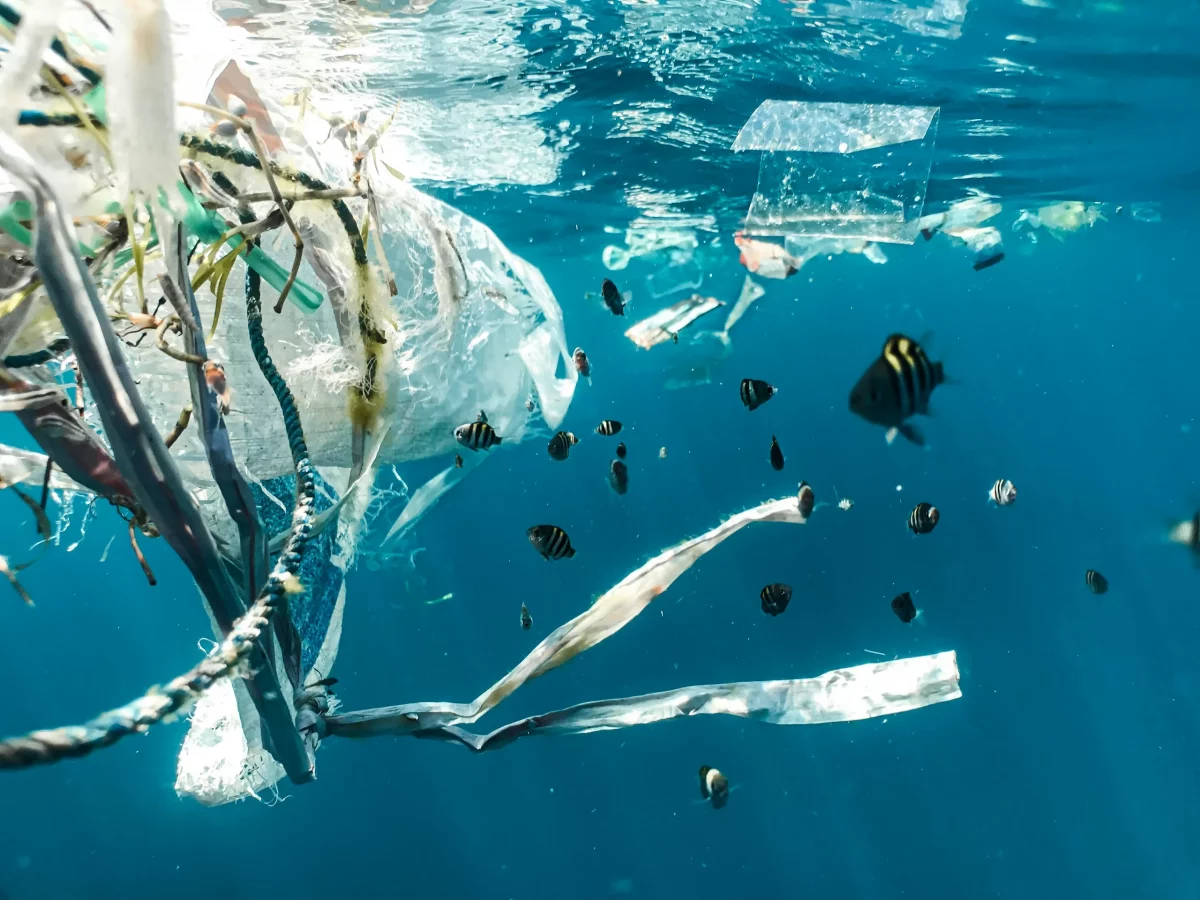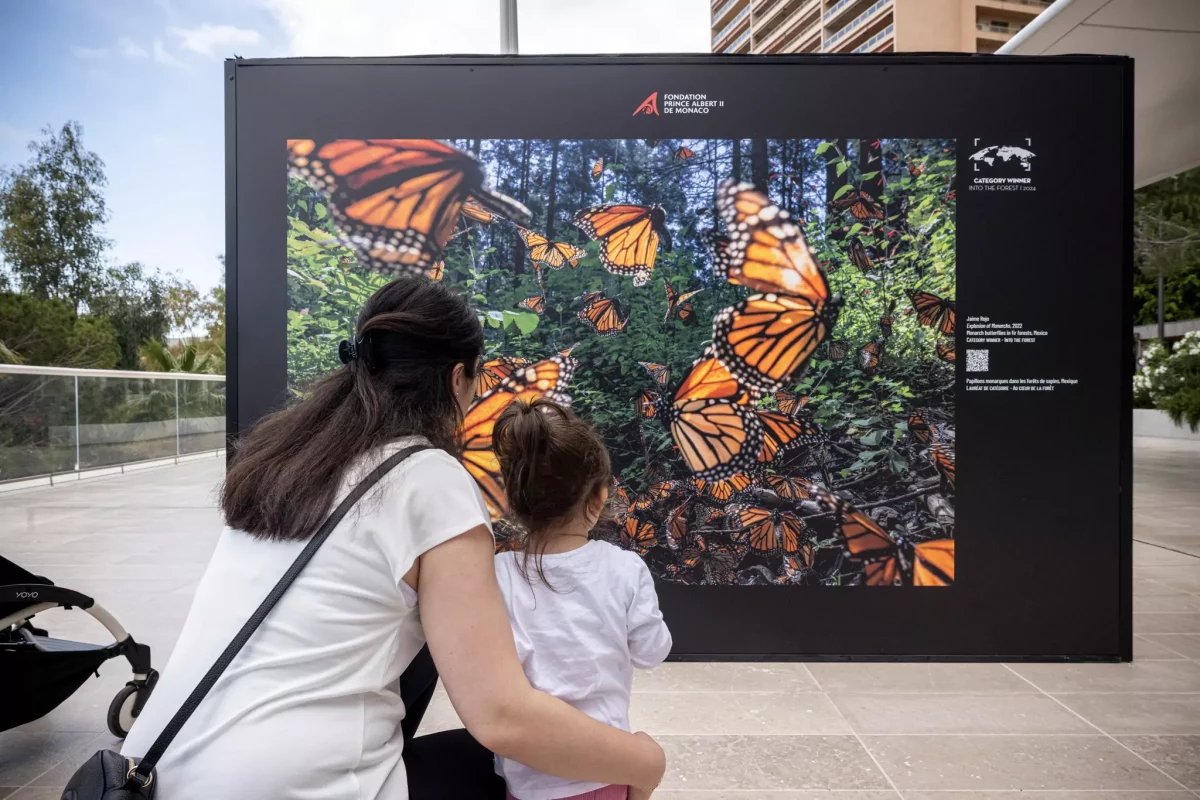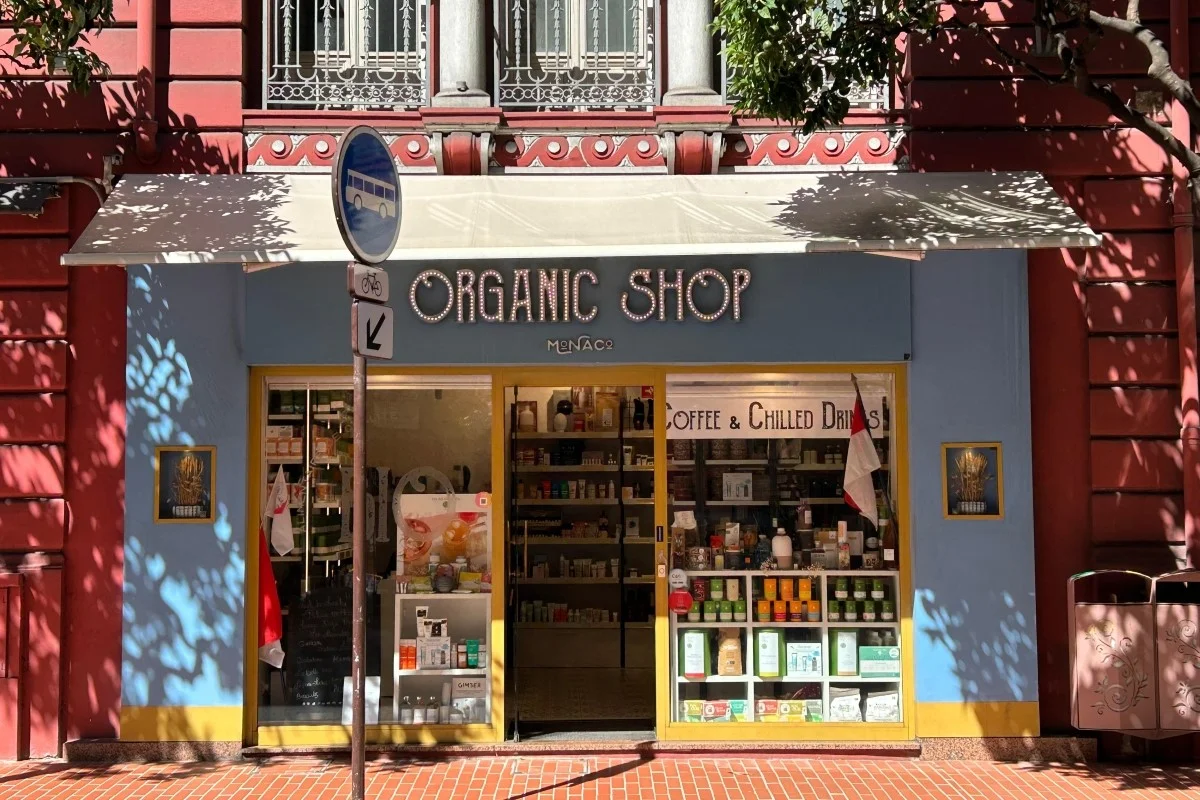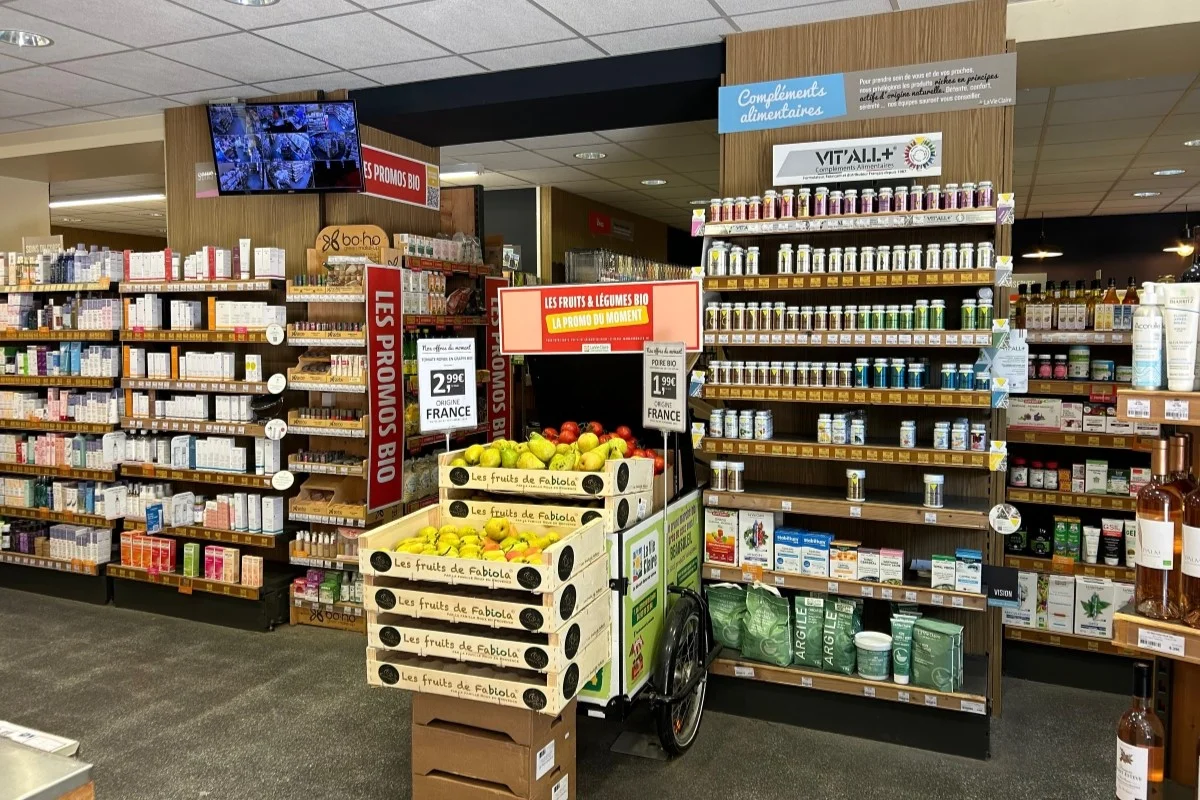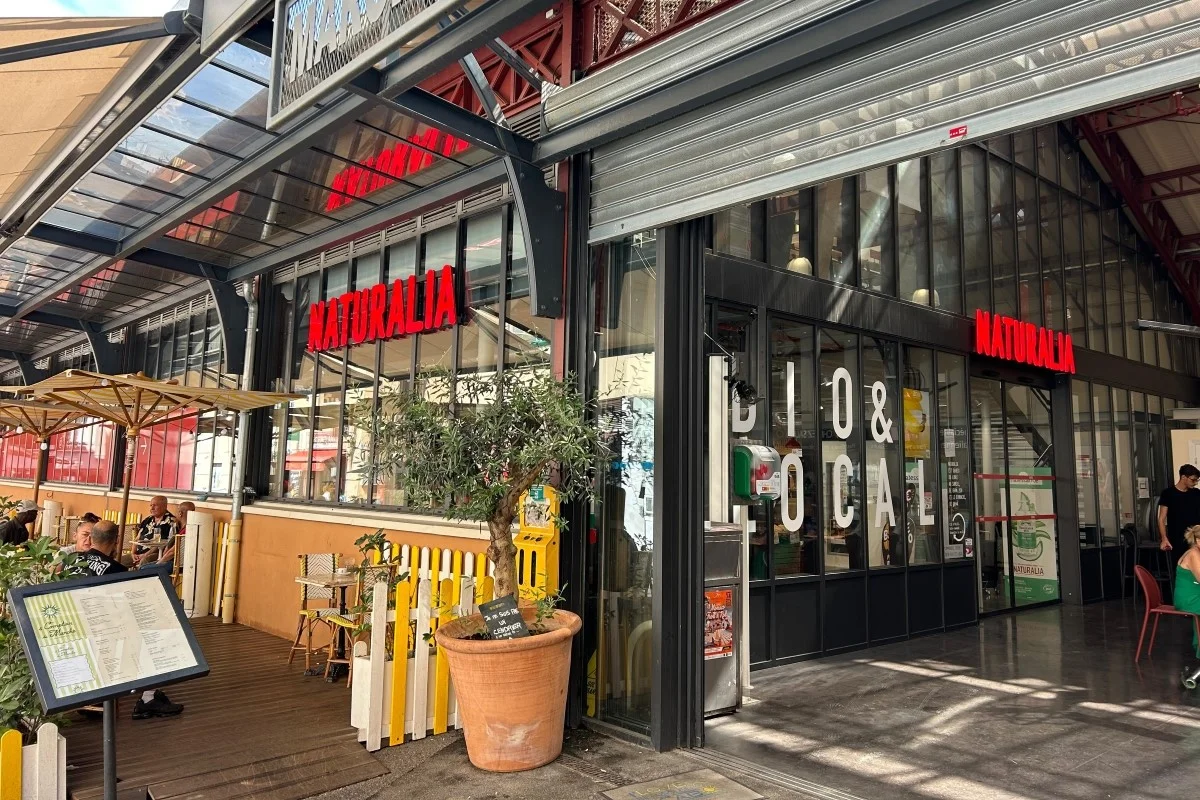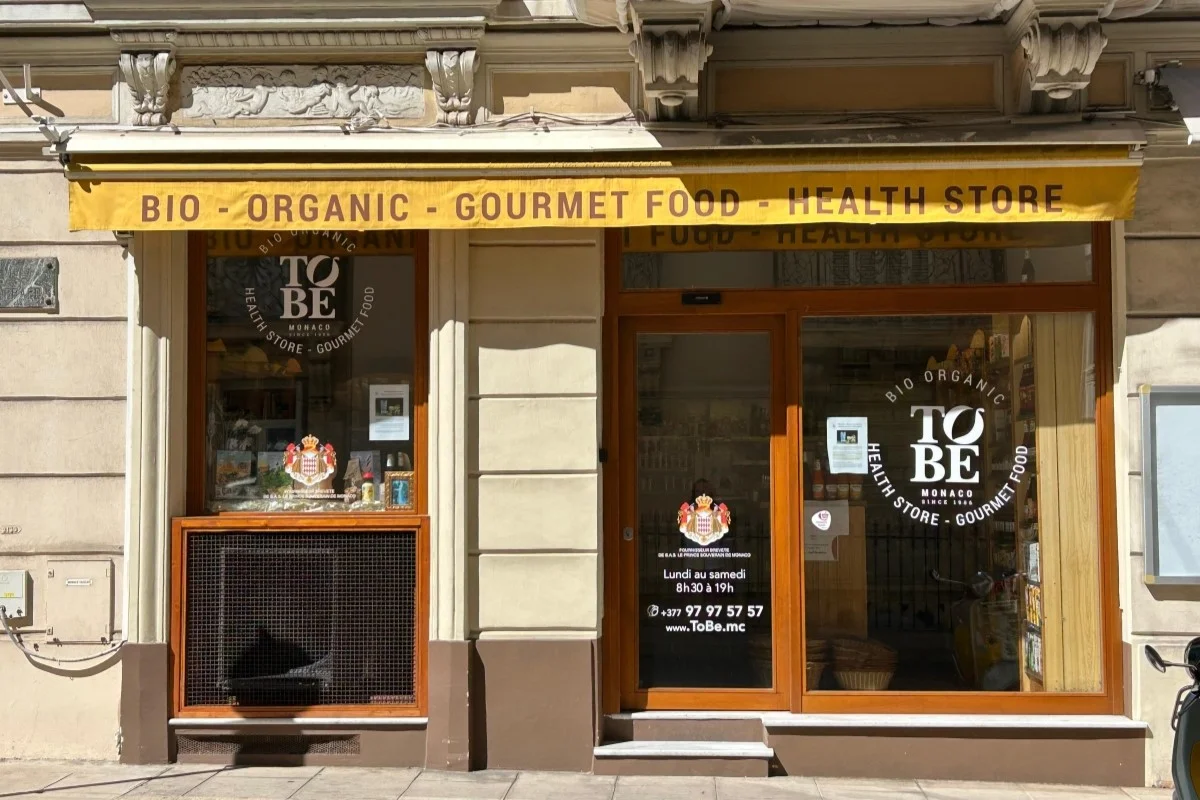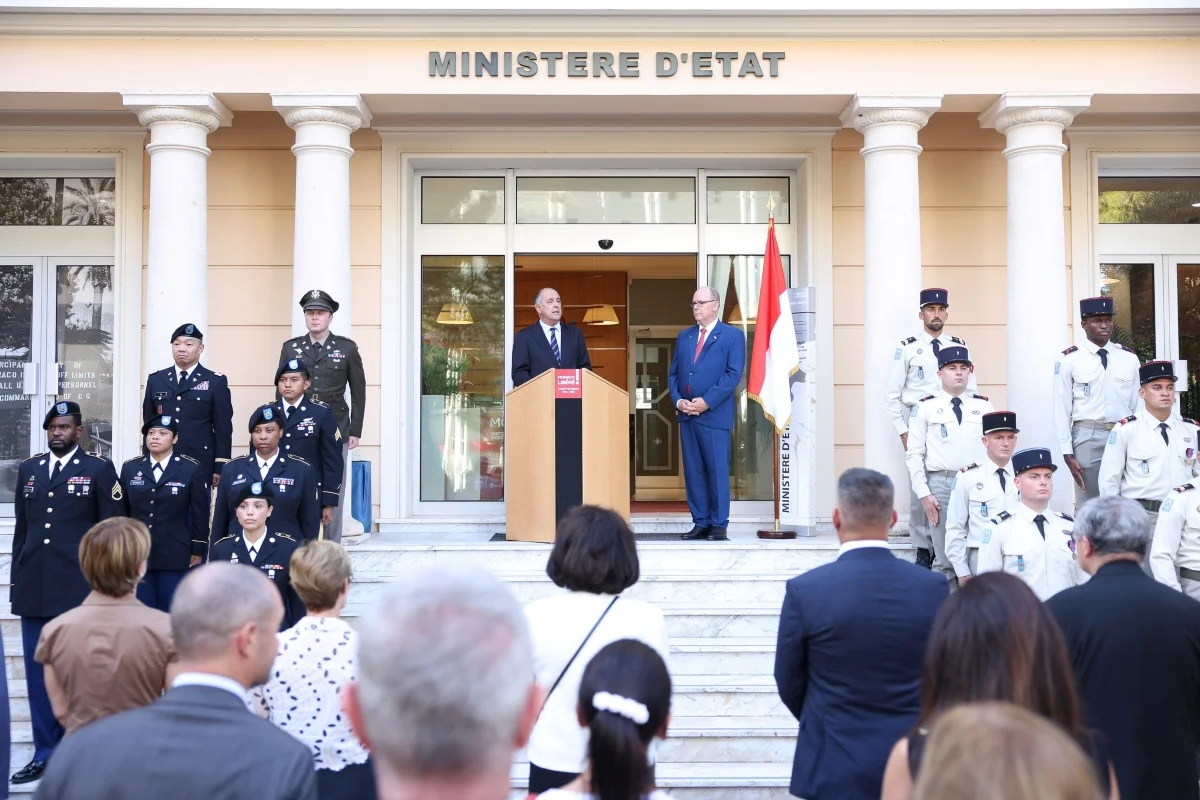In just 12 hours, more than a month’s worth of rain fell on the Côte d’Azur. Close to 3,000 lightning strikes were also recorded across the Var and Alpes-Maritimes.
Despite the power and intensity of the overnight conditions, which raged across southern France between 4th and 5th September, the damage caused by the storm appears, thus far, to be relatively minimal.
The towns of Mandelieu-La Napoule, Fréjus and Saint-Raphaël have been most affected locally. Keraunos, the French Observatory of Tornadoes and Severe Storms, estimates that there was 144.6mm of rainfall in Mandelieu-La Napoule, the highest total regionally. The deluge led to the evacuation of 41 people from a residential building in the town due to the threat of the roof caving in under the weight of the storm.
Les pluies orageuses ont été marquées ces deux derniers jours avec des valeurs importantes en 48h, notamment sur l’est du Massif-Central d’une part, entre littoral du Var et Alpes-Maritimes d’autre part.
Il est parfois tombé l’équivalent d’un mois de septembre normal sur ces… pic.twitter.com/gSaLHMjzJi
— Keraunos (@KeraunosObs) September 5, 2024
126mm of rain was recorded in Fréjus, while the Notre Dame de la Victoire basilica in Saint-Raphaël found itself under attack from the hours-long electrical activity – upwards of 2,500 lightnings strikes are believed to have hit the Var and almost 500 were noted in the Alpes-Maritimes. The spire will reportedly need to be removed and repaired.
Train services between Les Arcs-Draguignan and Cannes were temporarily suspended in the aftermath of the storm due to a collapsed wall. At 10am, the team working to clear the track said that service would likely resume at around noon on 5th September.
The roads, however, are relatively clear. Exit 41 Mandelieu Est on the A8 is partially underwater, forcing Vinci Autoroutes to limit traffic to a single lane. The SDIS 06 are currently working to pump surface water away from the area.
The orange weather alert that was put in place by Météo France in the run-up to the storm was lifted during the morning of 5th September. The Riviera remains on yellow alert, with more rain and potentially more storms on the horizon for later in the day and over the weekend.
Monaco Life is produced by real multi-media journalists writing original content. See more in our free newsletter, follow our Podcasts on Spotify, and check us out on Threads, Facebook, Instagram, LinkedIn and Tik Tok.
Photo source: David Moum, Unsplash
